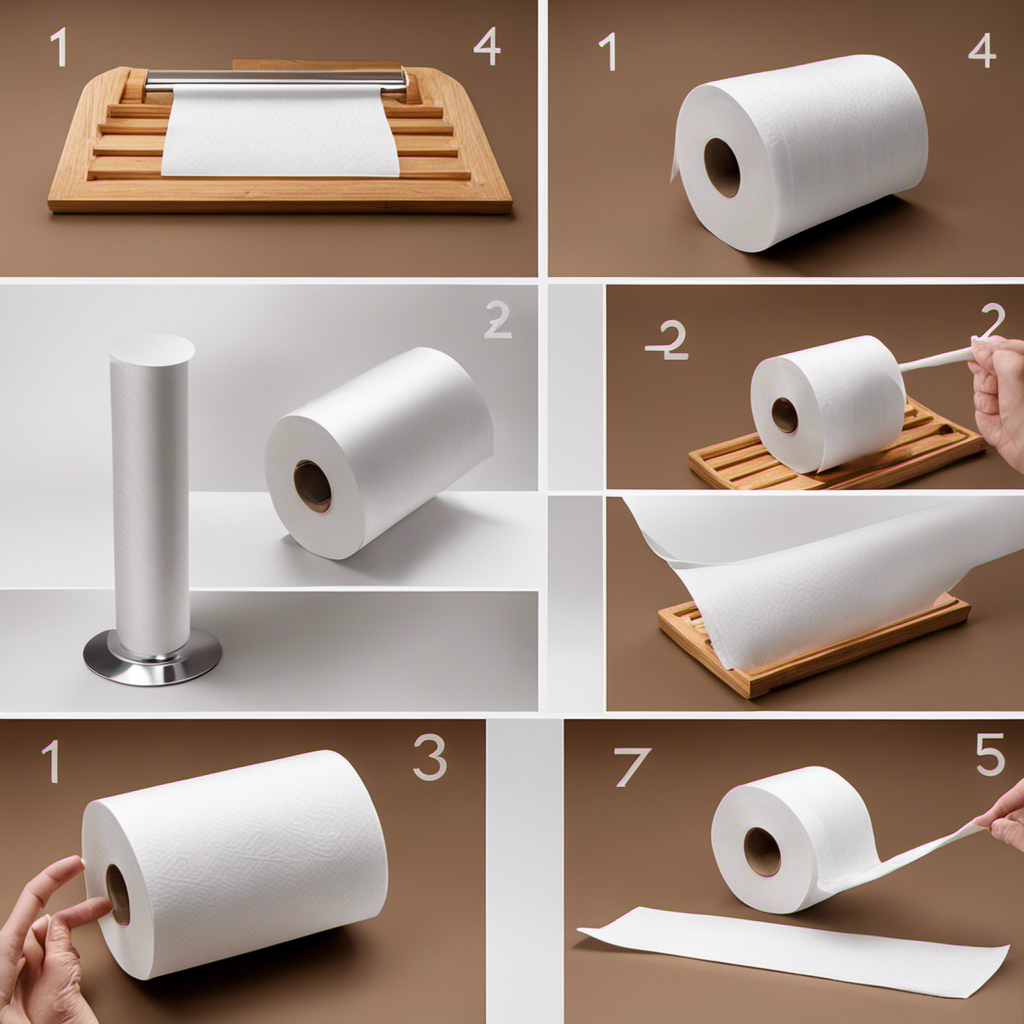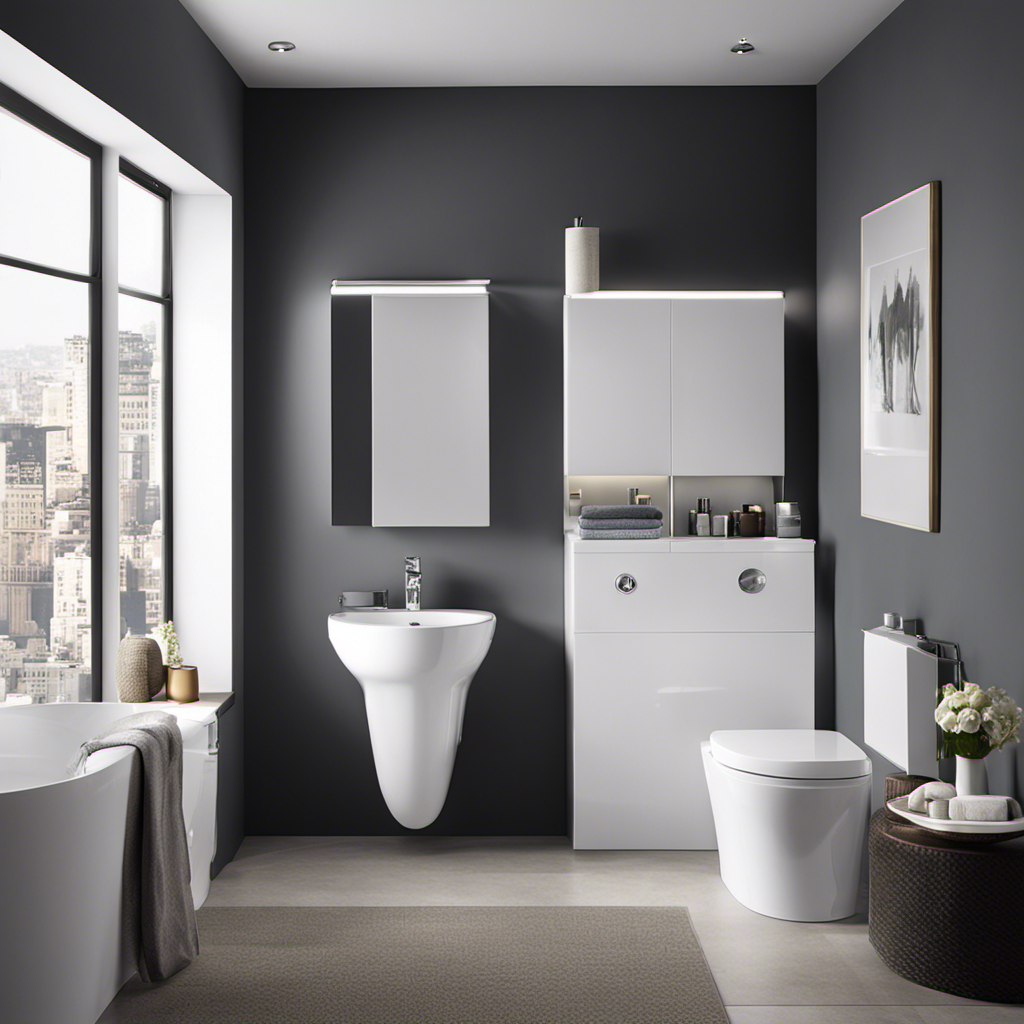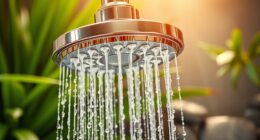As consumers, we are constantly searching for products that meet our high standards. When it comes to flushable wipes, we want to ensure that they truly live up to their name.
In this article, we will delve into the world of flushable wipes and analyze which ones are truly flushable. Through industry standards, certifications, and real-life experiences, we will provide you with an objective and analytical perspective on the best options available.
Get ready to master the art of choosing the right flushable wipes!
Key Takeaways
- Flushable wipes are a source of controversy due to their environmental impact, as studies show that most do not break down easily and can cause clogged pipes and sewer backups.
- Industry standards and certifications, such as the INDA/EDANA Guidelines and the Fine to Flush Certification, aim to determine the flushability and quick breakdown of wipes in the sewer system while considering environmental impact.
- The biodegradability and breakdown rate of flushable wipes are important factors to consider in order to minimize their impact on ecosystems and prevent clogs and blockages.
- The dissolvability and disintegration of flushable wipes vary based on manufacturing techniques, and their environmental impact should be taken into account. Consumer experiences and case studies can provide insights into the reliability and performance of different flushable wipes.
The Definition of "Flushable
The definition of ‘flushable’ is an important factor to consider when determining which flushable wipes are truly flushable. In recent years, there’s been a flushable wipes controversy surrounding the environmental impact of these products.
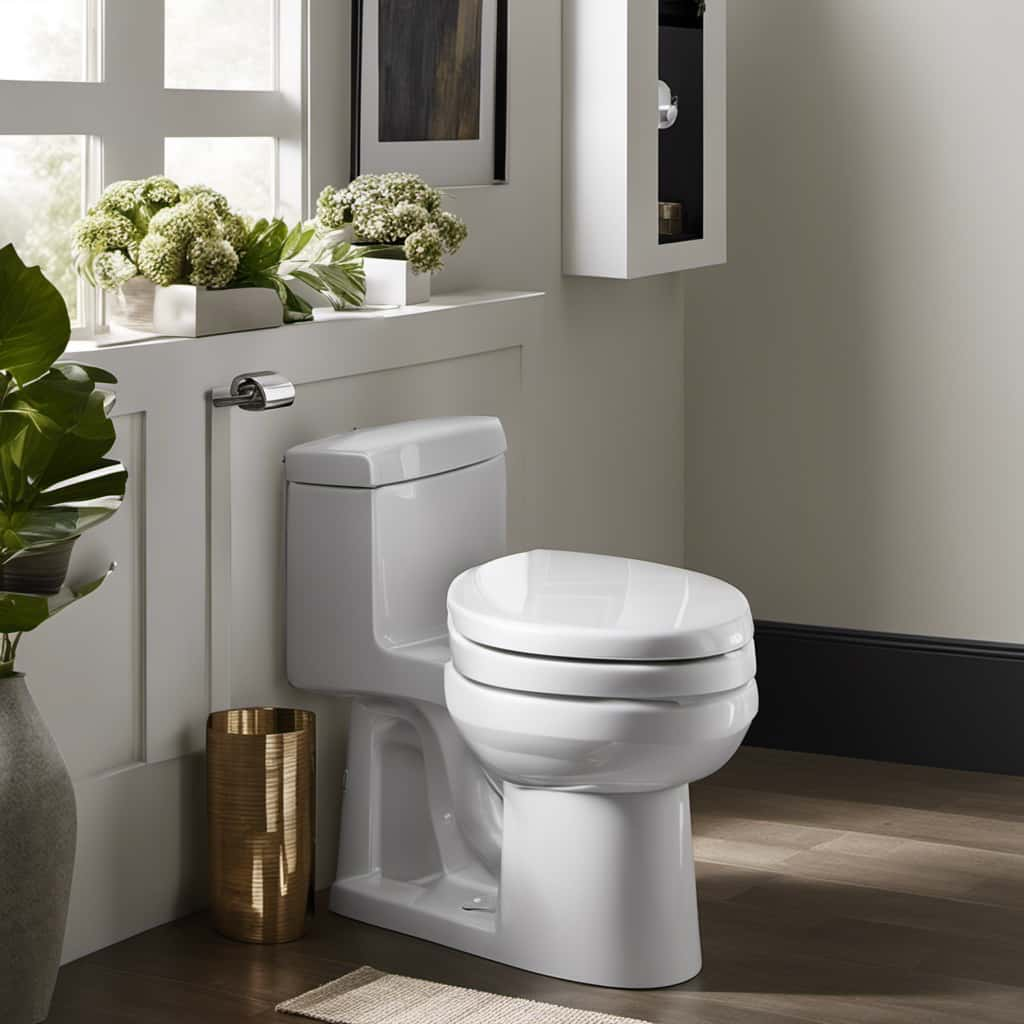
Many consumers assume that if a wipe is labeled as ‘flushable’, it can be safely flushed down the toilet without causing any harm. However, this isn’t always the case. Studies have shown that most flushable wipes don’t break down as easily as toilet paper, leading to clogged pipes and sewer backups.
The environmental impact of these wipes is significant, as they contribute to the buildup of non-biodegradable waste in our water systems. It’s crucial for consumers to be aware of the potential consequences and to choose flushable wipes that adhere to industry standards and certifications, ensuring their true flushability and minimal environmental impact.
With that in mind, let’s explore the different industry standards and certifications that can help us make an informed decision.
Industry Standards and Certifications
To ensure the true flushability of flushable wipes, we can look to industry standards and certifications. These standards and certifications help establish guidelines and requirements for manufacturers to meet in order to label their products as ‘flushable.’

Here are three key aspects of industry regulations and certifications that contribute to determining the flushability of wipes:
- INDA/EDANA Guidelines: The International Nonwovens and Disposables Association (INDA) and the European Disposables and Nonwovens Association (EDANA) have jointly established guidelines that outline the testing methods and criteria for determining the flushability of wipes. These guidelines cover aspects such as disintegration, transportation, and compatibility with wastewater systems.
- Fine to Flush Certification: The Water UK ‘Fine to Flush’ certification indicates that a product has passed stringent tests to ensure it breaks down quickly and easily in the sewer system. This certification is based on the INDA/EDANA guidelines and provides consumers with confidence that the flushable wipes they’re using are indeed safe to flush.
- Environmental Impact Assessment: Industry standards and certifications also consider the environmental impact of flushable wipes. This assessment evaluates factors such as the biodegradability of the wipes and their potential to cause blockages or harm aquatic ecosystems. By addressing these concerns, industry regulations help ensure that flushable wipes have a minimal impact on the environment.
Biodegradable and Breakdown Rate
When considering the flushability of wipes, it’s important to assess their biodegradability and breakdown rate. Biodegradable materials are designed to break down naturally in the environment, reducing their impact on ecosystems. Flushable wipes that are made from biodegradable materials are more environmentally friendly compared to those made from non-biodegradable materials. These wipes are designed to break down over time, reducing the chances of clogging pipes and causing blockages in sewage systems.
Assessing the breakdown rate of flushable wipes is crucial in determining their environmental impact. Wipes that break down quickly and completely are less likely to contribute to pollution and damage to water systems. Understanding the biodegradability and breakdown rate of flushable wipes is essential in making informed choices about their usage.
Moving on to the next section, let’s explore the importance of dissolvability and disintegration.
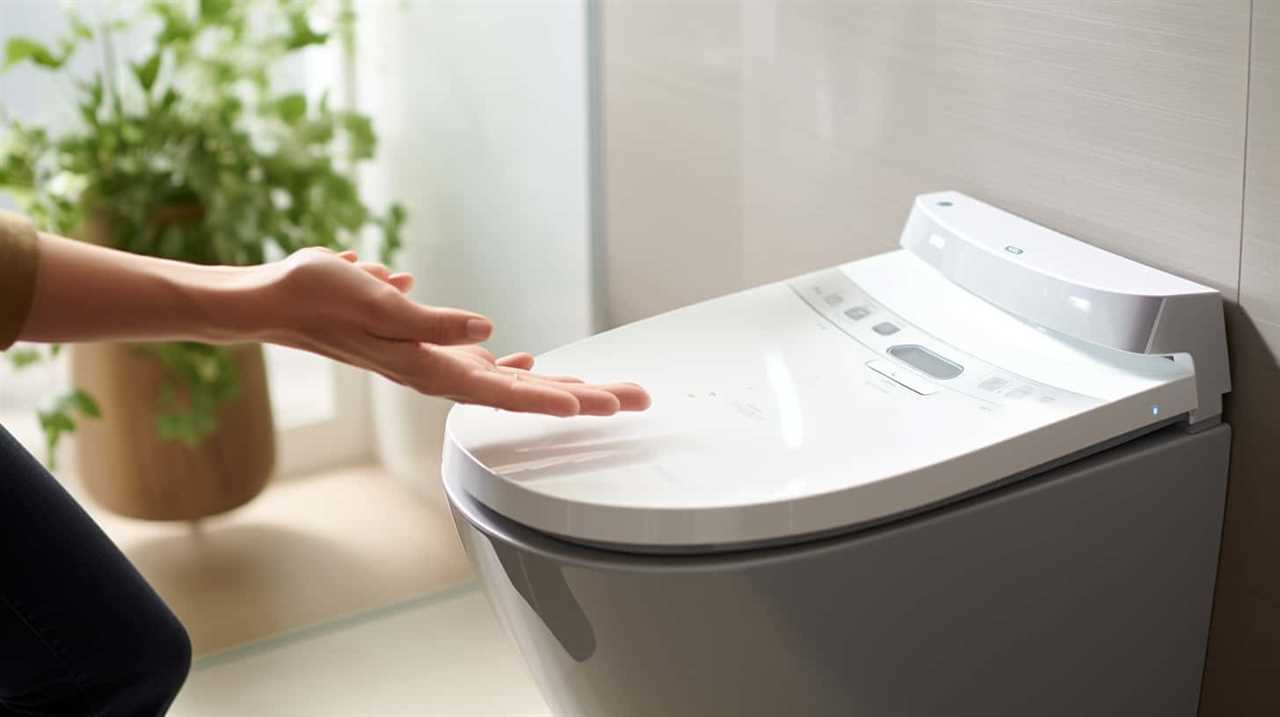
Dissolvability and Disintegration
Continuing our examination of flushable wipes’ environmental impact, let’s delve into the dissolvability and disintegration of these products. It’s crucial to understand how well these wipes break down in order to assess their toilet compatibility and overall environmental impact.
- Toilet Compatibility: Some flushable wipes claim to be compatible with all types of toilets, including septic systems. However, it’s essential to verify these claims through rigorous testing and certification processes.
- Environmental Impact: The dissolvability and disintegration of flushable wipes directly impact the environment. Wipes that don’t break down easily can contribute to clogs in sewage systems, leading to costly repairs and potential environmental contamination.
- Manufacturing Techniques: The dissolvability and disintegration of flushable wipes can vary depending on the manufacturing techniques used. Understanding these techniques can help determine the overall quality and eco-friendliness of the product.
Thoroughly examining the dissolvability and disintegration of flushable wipes allows us to make informed choices that mitigate their negative impact on our toilets and the environment.
Case Studies and Consumer Experiences
Let’s delve into some case studies and consumer experiences to further explore the dissolvability and disintegration of flushable wipes.
Several case studies have highlighted the negative effects of flushable wipes on sewage systems. For instance, a study conducted by Ryerson University found that these wipes don’t break down as easily as claimed, leading to clogs and blockages in pipes and wastewater treatment plants. This not only causes costly damage but also contributes to pollution and environmental degradation.
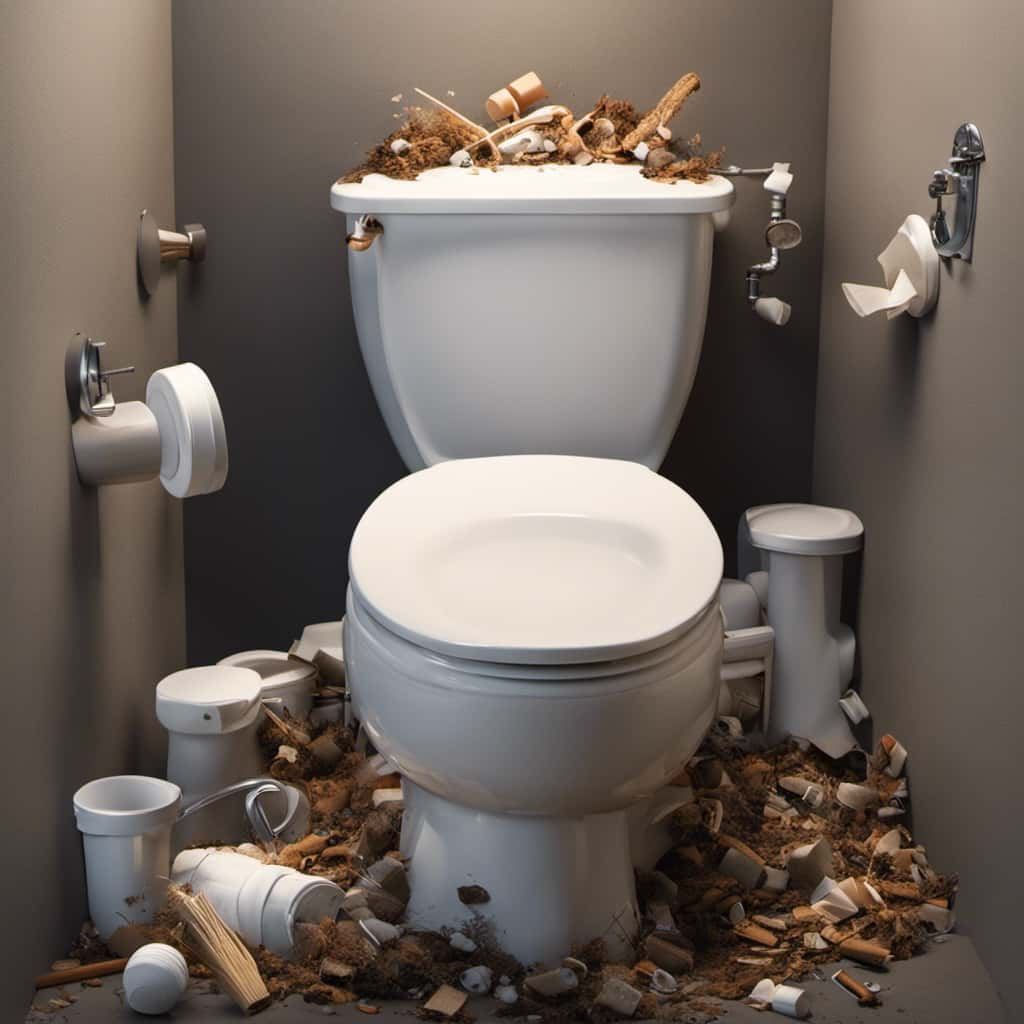
Consumer experiences also shed light on the issue. Many individuals have reported instances of blocked toilets and plumbing issues after using flushable wipes. These firsthand accounts further emphasize the lack of true dissolvability and disintegration of these products.
Considering the potential harm caused by flushable wipes, it’s essential to explore alternatives. One such alternative is the use of biodegradable toilet paper, which offers a more environmentally friendly option. Additionally, using a bidet or wetting regular toilet paper can provide a similar level of cleanliness without the negative consequences associated with flushable wipes.
Frequently Asked Questions
Are Flushable Wipes Safe for Septic Systems?
Flushable wipes may not always be safe for septic systems. Proper septic system maintenance is crucial to avoid clogs and backups. Biodegradability concerns exist, as some wipes may not break down as easily as toilet paper.
How Do Flushable Wipes Compare to Traditional Toilet Paper in Terms of Environmental Impact?
When comparing the manufacturing process of flushable wipes and toilet paper, as well as the environmental impact of the chemicals used in flushable wipes, it is important to consider the overall sustainability and ecological footprint of each option.
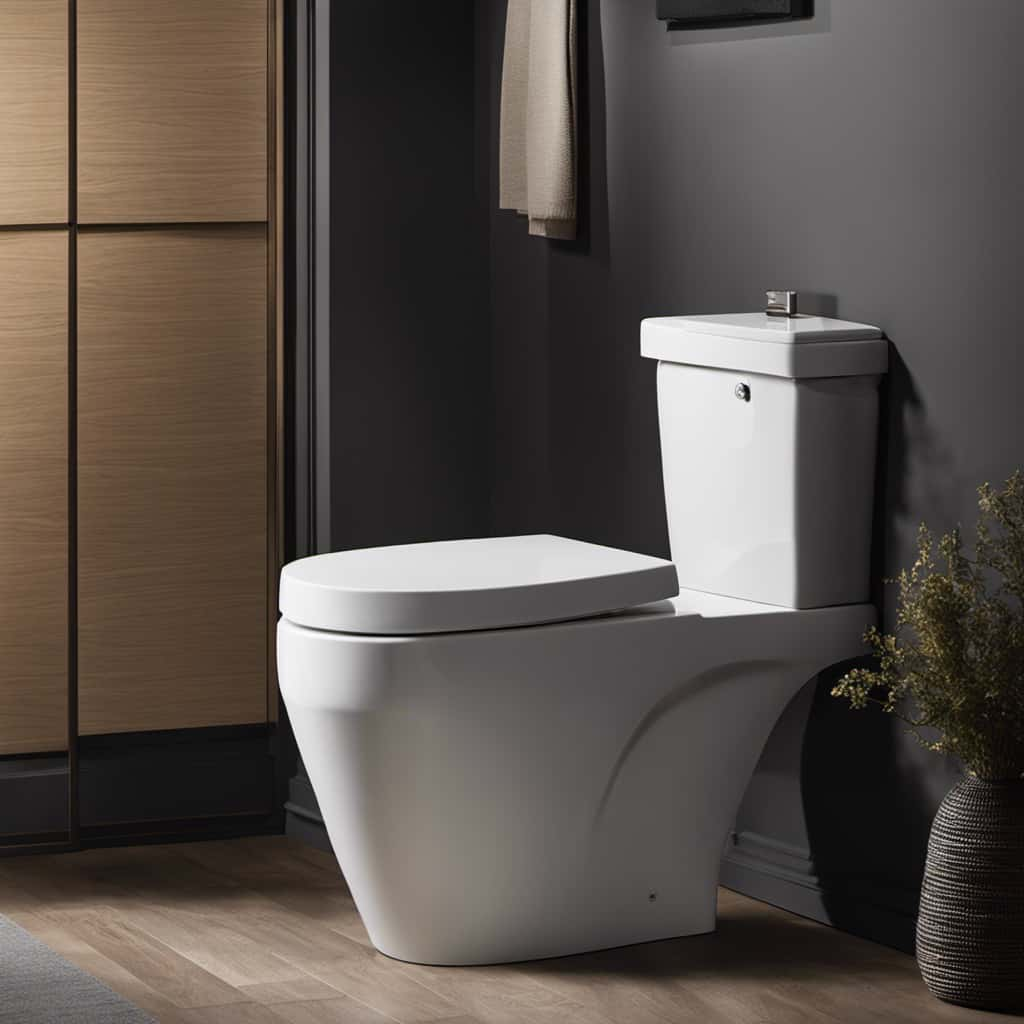
Can Flushable Wipes Cause Clogs in Household Plumbing?
Can flushable wipes cause clogs? We analyzed potential damage to sewage systems caused by flushable wipes vs. baby wipes. Our thorough, objective analysis revealed that flushable wipes can indeed cause clogs in household plumbing.
Are There Any Potential Health Risks Associated With Using Flushable Wipes?
There may be potential health risks associated with using flushable wipes. It is important to properly dispose of them to minimize the potential environmental impact.
Are Flushable Wipes Recommended for Use by Individuals With Sensitive Skin or Allergies?
Flushable wipes for infants offer convenience, but they may not be recommended for those with sensitive skin or allergies. Alternatives like hypoallergenic wipes or gentle cleansers are available to ensure comfort and avoid potential irritation.
Conclusion
In conclusion, it’s evident that not all flushable wipes are truly flushable. Industry standards and certifications are lacking, leading to confusion among consumers. While some wipes may claim to be biodegradable, their breakdown rate can vary significantly.

Additionally, the dissolvability and disintegration of these wipes can pose challenges to wastewater treatment systems. Through case studies and consumer experiences, it’s clear that caution must be exercised when choosing flushable wipes to avoid potential issues down the line.

